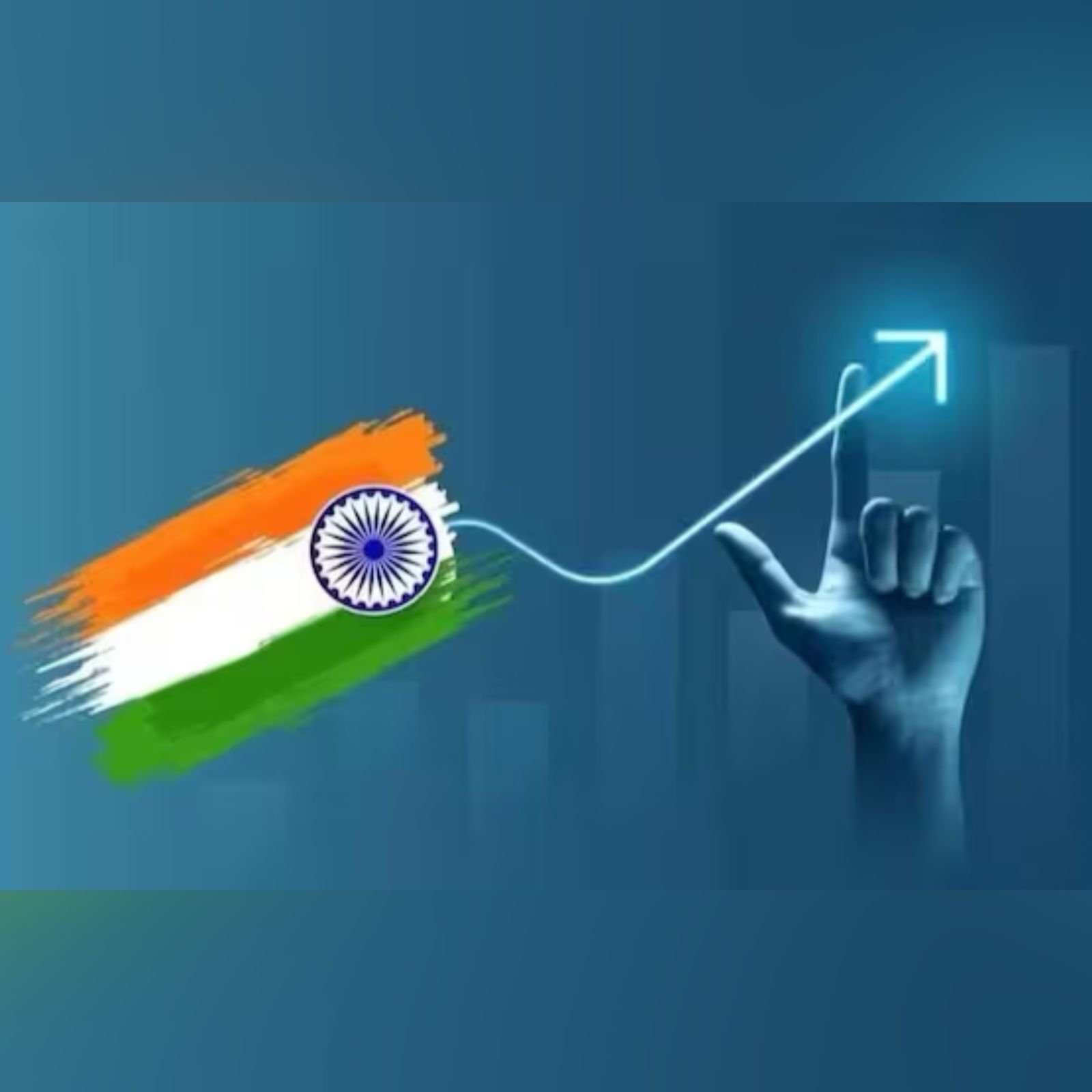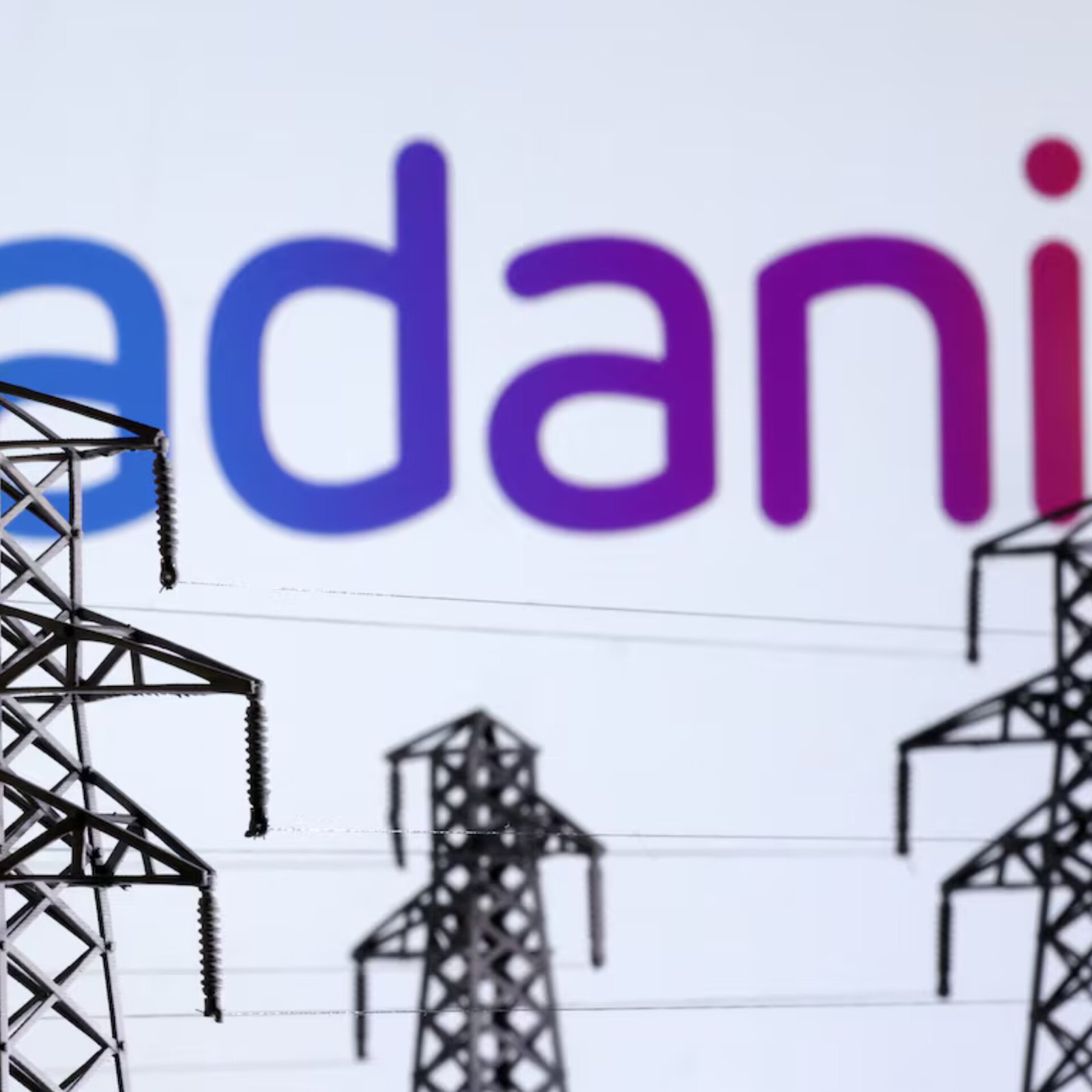
Brief by Shorts91 Newsdesk / 01:13pm on 28 Nov 2025,Friday Business
India's economy surged ahead with 8.2% GDP growth in Q2 FY2025-26, the highest in six quarters, significantly outpacing last year's 5.6% and Q1's 7.8%. The National Statistics Office data reveals manufacturing expanded 9.1%, construction grew 7.2%, while services led with 9.2% growth, particularly financial and professional services at 10.2%. Private consumption strengthened to 7.9% from 6.4% year-on-year, indicating robust demand despite US tariff pressures. However, agriculture lagged at 3.5% growth. GDP at constant prices reached Rs 48.63 lakh crore, with nominal GDP rising 8.7%. The first half delivered 8% overall growth versus 6.1% previously, reinforcing India's position as the world's fastest-growing major economy heading into FY26's second half. (PC: India Today)
Brief by Shorts91 Newsdesk / 04:15am on 27 Nov 2025,Thursday Business
Prime Minister Narendra Modi shared a lighthearted moment with Safran Chairman Ross McInnes during the inauguration of the company's Maintenance, Repair and Overhaul facility in Hyderabad. McInnes jokingly said, "I was born in India. So I'm 'Made in India' too," making PM Modi laugh. The MRO facility will service LEAP engines for A320 and B737 aircraft, while another facility for M88 engines powering Rafale jets will also be established. Both facilities, operational by 2026, will boost India's indigenous aviation capabilities. Modi highlighted India as a "trusted partner" with rapid growth, stable government, and vast talent pool. Safran has operated in India for 70+ years.

Brief by Shorts91 Newsdesk / 12:11pm on 16 Nov 2025,Sunday Business
Adani Group will invest ₹63,000 crore (~$7.17 billion) in Assam to significantly upgrade the state’s power infrastructure. The investment includes a 3,200 MW ultra-supercritical coal-based power plant costing ₹48,000 crore, expected to begin phased operations from December 2030. Additionally, Adani Green Energy will invest ₹15,000 crore in two pumped-storage hydro projects with a combined capacity of 2,700 MW. These strategic projects aim to improve energy security, support industrial expansion, and create extensive job opportunities in Assam, marking one of the state’s largest private infrastructure investments. (PC: Reuters)
Brief by Shorts91 Newsdesk / 05:21pm on 07 Nov 2025,Friday Business
Elon Musk secured a record-breaking $1 trillion Tesla pay package after 75% of shareholders voted in favor at the Texas annual meeting, bringing him closer to becoming the world's first trillionaire. Currently worth $491 billion, Musk celebrated by dancing with Tesla's humanoid Optimus robot on stage. To cash in, he must grow Tesla's market value from $1.4 trillion to $8.5 trillion, sell 20 million cars, and deploy a million robotaxis and robots over the next decade. Despite opposition from Norway's sovereign wealth fund and CalPERS citing excessive compensation, supporters view it as betting on Musk's vision to transform Tesla into an AI and robotics empire.
Brief by Shorts91 Newsdesk / 04:49am on 07 Nov 2025,Friday Business
Tesla shareholders approved Elon Musk's landmark $1 trillion pay package at the company's Austin annual meeting on Thursday, with over 75% investor backing. The compensation is tied to ambitious performance milestones, including boosting Tesla's market value from $1.5 trillion to $8.5 trillion. Musk celebrated by dancing onstage with Tesla's humanoid robot, Optimus, calling it "the beginning of a new chapter." The deal grants Musk an additional 12% stake if Tesla achieves targets including delivering 20 million vehicles annually, deploying 1 million robotaxis, selling 1 million humanoid robots, and generating $400 billion annual profit. Despite opposition from institutional investors like Norway's sovereign wealth fund citing excessive executive compensation, Tesla shares rose 1% post-announcement.

Brief by Shorts91 Newsdesk / 04:30am on 04 Nov 2025,Tuesday Business
Three 22-year-old childhood friends Brendan Foody, Adarsh Hiremath, and Surya Midha became the world's youngest billionaires after their AI startup Mercor reached a $10 billion valuation with $350 million funding. Each founder owns approximately 22% equity, worth $2.2 billion individually, making them younger billionaires than Mark Zuckerberg at 23. Indian-American co-founders Hiremath and Midha met at age 10 through debate competitions in California's Bay Area. All three became Thiel Fellows, leaving Georgetown and Harvard to build Mercor full-time. Launched in 2023 connecting Indian engineers with American companies, Mercor evolved into an AI-powered talent marketplace. Revenue skyrocketed from $100 million in March to $500 million by September. (PC: X)

Brief by Shorts91 Newsdesk / 05:14am on 28 Oct 2025,Tuesday Business
Amazon plans to lay off 30,000 corporate employees starting Tuesday, representing nearly 10% of its 350,000-strong corporate workforce, Reuters reports. The cuts address pandemic overhiring and expense reduction while capitalizing on AI-driven productivity gains. This marks Amazon's largest job reduction since eliminating 27,000 positions in late 2022. Affected divisions include human resources (People Experience and Technology), devices, services, and operations. Managers received Monday training for communicating the news via Tuesday email notifications. CEO Andy Jassy previously announced plans to reduce bureaucracy and management layers, noting in June that AI adoption would likely trigger additional cuts. eMarketer analyst Sky Canaves suggests the move reflects realized AI productivity gains offsetting AI infrastructure investments.
Brief by Shorts91 Newsdesk / 06:57pm on 24 Oct 2025,Friday Business
Canadian Prime Minister Mark Carney stated Canada will resume US trade talks "when Americans are ready" after President Trump abruptly terminated negotiations over Ontario's Reagan-themed anti-tariff advertisement. The ad quoted former President Reagan saying tariffs "hurt every American," prompting Trump to call it "FAKE" and "egregious" on social media. Trump imposed 35% levies on Canadian imports, with sector-specific tariffs including 50% on metals and 25% on automobiles. Three-quarters of Canadian exports go to the US, making its economy vulnerable. The Ronald Reagan Foundation criticized the ad's "selective" editing and is reviewing legal options. Ontario Premier Doug Ford, who commissioned the $75 million campaign, remains vocally critical of Trump's policies affecting Canada's largest provincial economy.

Brief by Shorts91 Newsdesk / 09:35am on 24 Oct 2025,Friday Business
Adhesive brand Fevicol has once again impressed social media with its clever humour. After the daring jewellery heist at Paris’s Louvre Museum, Fevicol shared a viral post showing a diamond-and-emerald necklace sealed inside a glass case with a thick coat of Fevicol. The image read, “This mission is impossible,” while the caption joked, “Ab Dhoom machane ki baari hamari.” The post quickly gained praise for its creativity, with users calling it “genius” and “marketing gold.” The Louvre reopened this week after thieves stole eight priceless crown jewels, including pieces once owned by Empress Marie Louise. (PC: Instagram)

Brief by Shorts91 Newsdesk / 05:11pm on 21 Oct 2025,Tuesday Business
Andhra Pradesh is seeking new markets for its shrimp exports after US tariffs made trade costly. The state’s IT and HRD Minister, N Lokesh Naidu, said Australia may ease restrictions on importing Indian prawns. He met with Seafood Industry Australia and discussed trade missions and partnerships to help local exporters. Andhra Pradesh supplies 80% of India’s shrimp and 34% of marine exports, supporting over 30 lakh people. US tariffs had canceled around half of the orders, costing the state nearly Rs 25,000 crore. The move to Australia aims to reduce dependence on a single market and boost exports. (PC: X)